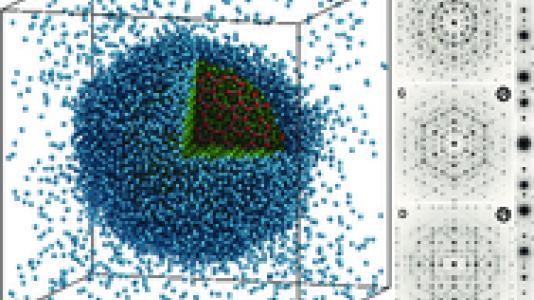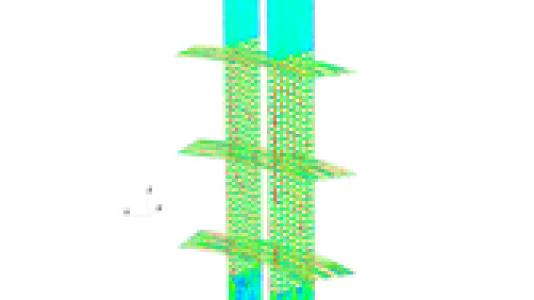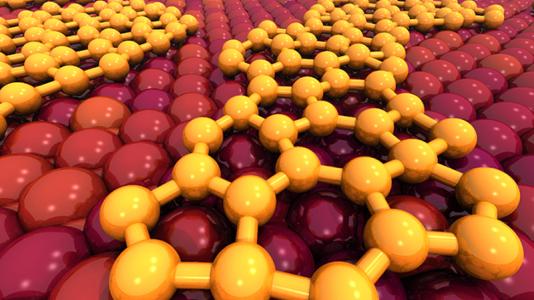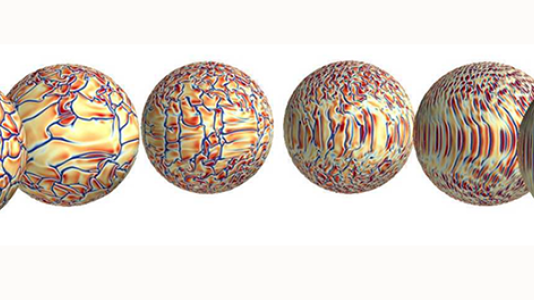
It generates broad-group, cell-average microscopic cross sections from ENDF/B basic nuclear data.
MC2-3 handles the complicated resonance self-shielding in fast spectrum systems by directly accounting for the resonance interactions in detail and performing calculations (2082 ultrafine group + 400,000 hyperfine group) on conventional lattice cells or simplified R-Z core models. The resulting microscopic cross sections are used for fast reactor design and analysis calculations.
Applications
- Nuclear fast reactor simulations and analysis
Features
- Code library includes almost all isotopes of the ENDF/B-VII data.
- Resolved resonance self-shielding using the numerical integration of pointwise cross sections based on the narrow resonance approximation
- Unresolved resonance self-shielding using the generalized integral method with the increased number of energy grids
- Anisotropic inelastic scattering
- 1-Dimensional (1-D) transport calculation using ultrafine or hyperfine groups
- Improved equivalence theory for the 1D heterogeneity effect in resonance self-shielding
- Efficient algorithm for solving the hyperfine group transport equation
- Option to use 2-D transport solutions (TWODANT) for group condensation
- Fortran 90/95 memory structure
- Keyword-based input system and built-in data conversion capability
Technical Details/Requirements
Developed using the Compaq Visual Fortran on the Microsoft Windows operating system (OS), the MC2-3 code can be installed and executed on the Windows, Macintosh, Unix and Linux OS environments. The memory requirements depend upon the problem. The current version requires more than 1G byte of memory. The memory management system in the current version does not use scratch files to save memory. Thus, more than 4G byte of memory may be required for large problems with many isotopes, hyperfine groups, and/or one-dimensional geometry. A Fortran compiler is required to compile the included source code. Minor changes may be required for code compilation.
The software is written in Fortran 90/95 and can be run on a variety of operating systems including Unix, Linux, Mac OS and Windows. The software includes comments in the source code and the method/user/programmer manual with several examples. An engineer with neutronics experience can learn to run the code in anywhere from a day to a week.



